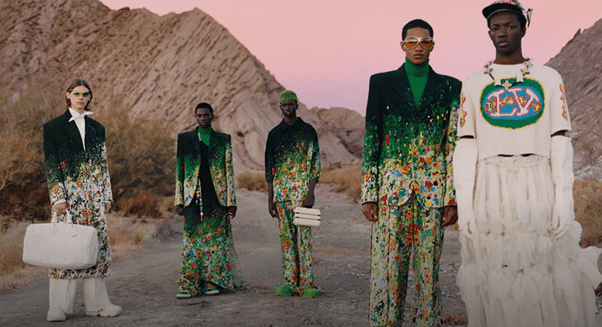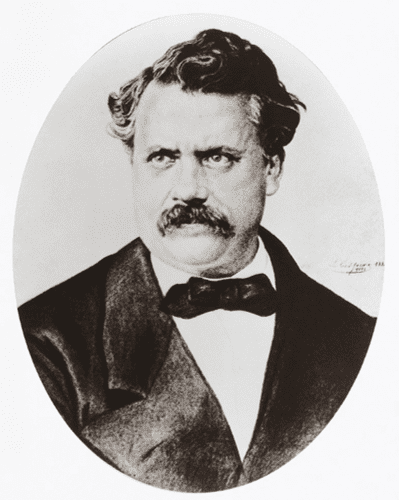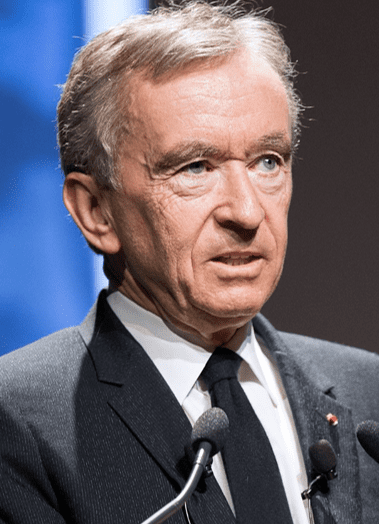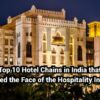Published On: February 7th, 2023

Louis Vuitton Men’s Spring Summer 2023
In 2022, its 1829 stores in Asia stood the retail giant in good stead with a whopping 23,785 M€ in revenue. This was followed by the US, where its 1054 stores generated revenue of 21,542 M€. In third, fourth, and fifth places were its stores in Europe (1108), France (518), and Japan (496), where it scooped large market shares with 12,717 M€, 9,632 M€ and 6,071 M€ in revenue, respectively.
Besides this, Louis Vuitton’s social media marketing has also seen a steep rise, with over 51.2 million followers on Instagram and 9.7 followers on Twitter. As of December 2022, its official website had received 20.3 million visits with an average duration of 3 minutes 56 seconds.
Louis Vuitton: History in a paragraph
The Elite Fashion House was founded in 1854 by French fashion designer and businessman Louis Vuitton. He rose to prominence when Doña María Eugenia, French Empress and wife of Emperor Napoleon III, hired him as her trunk maker.

The man himself: Louis Vuitton
Vuitton’s reputation as a master trunk maker and packer had already been established in the mid-1800s in Paris. As he set about his royal duties to pack the Empress’ “most exquisite clothes most finely”, he created his signature chest; a light-weight durable frame hand-crafted with a water-resistant canvas and a flat top that put him on the pedestal as a master craftsman. As the chest gained popularity and attracted overseas clientele, LV was also able to put his business acumen on display.

Bernard Arnault – CEO, Louis Vuitton Moët Hennessy (LVMH)
“We don’t do marketing; we just create exceptional products in their design and craftsmanship.” Bernard Arnault
Exceptionalism is indeed the cornerstone of Louis Vuitton. And for all intent and purposes, it has been the organic force behind their core marketing and promotion strategy.
Louis Vuitton and Exclusivity
Louis Vuitton stays on top of its game by being exclusive. For instance, all their products are hand-crafted. Their attention to detail is unparalleled. Their faith in the human hand’s dexterity has dramatically appealed to elite buyers. They know that an LV product isn’t merely manufactured but brought to life with love, from design to production.
![]()
The iconic KEEPALL BANDOULIÈRE 25 with a modern twist
LV exercises a no-compromise policy when it comes to hiring experienced artisans. Their specialised workers are adept at creating their signature designs and incorporating the timelessness of an LV product in upcoming line-ups. Their investment in master artisans and peerless raw material puts their products beyond the reach of most buyers. And places them comfortably on the top of the go-to list of the world’s biggest spenders.
The hallmark of this exclusivity is their trademark LV initial. Designed by LV’s son Georges Vuitton to avoid counterfeiting and design forgery, it’s among the most coveted logos of all time.
Louis Vuitton and advertising
LV does not advertise on TV. Focusing only on high-profile fashion magazines, they cut short their road to the ideal LV customer.

Bradley Cooper for Louis Vuitton
As a brand, LV thrives on collaboration and exercises great caution in choosing the artists it collaborates with, insisting on those who resonate with luxury, quality, and exclusivity. Over the years, it has collaborated with Madonna, Jennifer Connelly, Kate Moss, Bradley Cooper, Scarlett Johansson, and more. They hold their position in the current culture as a driver of the next thing in luxury.
Louis Vuitton knows how to keep things fresh and alive regarding networking. By organising major yacht racing to high-profile motorsport events, they establish direct links with their clientele and strike new collaborations.
LV and Distribution Policy
Louis Vuitton is a division of LVMH – a French multinational corporation specialising in luxury goods. As the world’s leading luxury products group, LVMH has over 75 globally esteemed brands. In 2022, it generated 79.2 billion euros in revenue via a vast retail network of over 5,600 stores worldwide.
LV designs its market perception with utmost care. Therefore, one will never spot an LV store in a department complex. LV is exclusive. It drips with luxurious contrariness. In refusing to share space, it establishes its uniqueness and superiority. But it’s not just this. There’s a practical reason behind it. LV trains its salespeople the way some of the best airlines train their stewards and flight attendants. They are high-brow professionals who are echo chambers for the brand. They value LV products as much as its designers. It also allows Louis Vuitton to prevent counterfeit products from entering its distribution channel.
These strategies have helped them develop two sophisticated pricing models. One is integrated pricing, and the other is value-based pricing. The former stems from the quality of effort that goes into creating each LV product, whether it be a handbag or a hand sanitiser. It ensures that the price of each product remains fixed at all times and is not disrupted by discounts, bargains, or sales.
Value-based pricing is the result of the brand’s perceived image. It’s no doubt in anyone’s mind, least of all the seller and the buyer, that LV is a high-value brand. The high value seamlessly justifies the high price and is an accepted unspoken rule among its oldest and most loyal customers.
LV and product integration
Exclusivity is luxury’s sole limit. As a global brand, Louis Vuitton understands that and explores options within the space. Thus, it invests in product integration. When one visits a Louis Vuitton store, they can get everything from shoes to socks, even hand sanitisers. They focus on expanding their product line up that caters to existing customers instead of finding new ones. This strategy has worked well for the brand, as it was able to extend its luxury brand to almost every aspect of its customers’ lives.
In Conclusion
LV has an annual revenue of $1 Billion. As of February 2023, Bernard Arnault’s net worth was estimated at US$220 Billion. With over 19000 employees and a revenue per employee ratio of $521,052, it’s written on the wall that LV is one of the most successful brands in the world. It owes this as much to its exclusive designs as to exclusive Louis Vuitton marketing and advertising strategy, along with a uniquely LV social media marketing strategy.
Disclaimer











